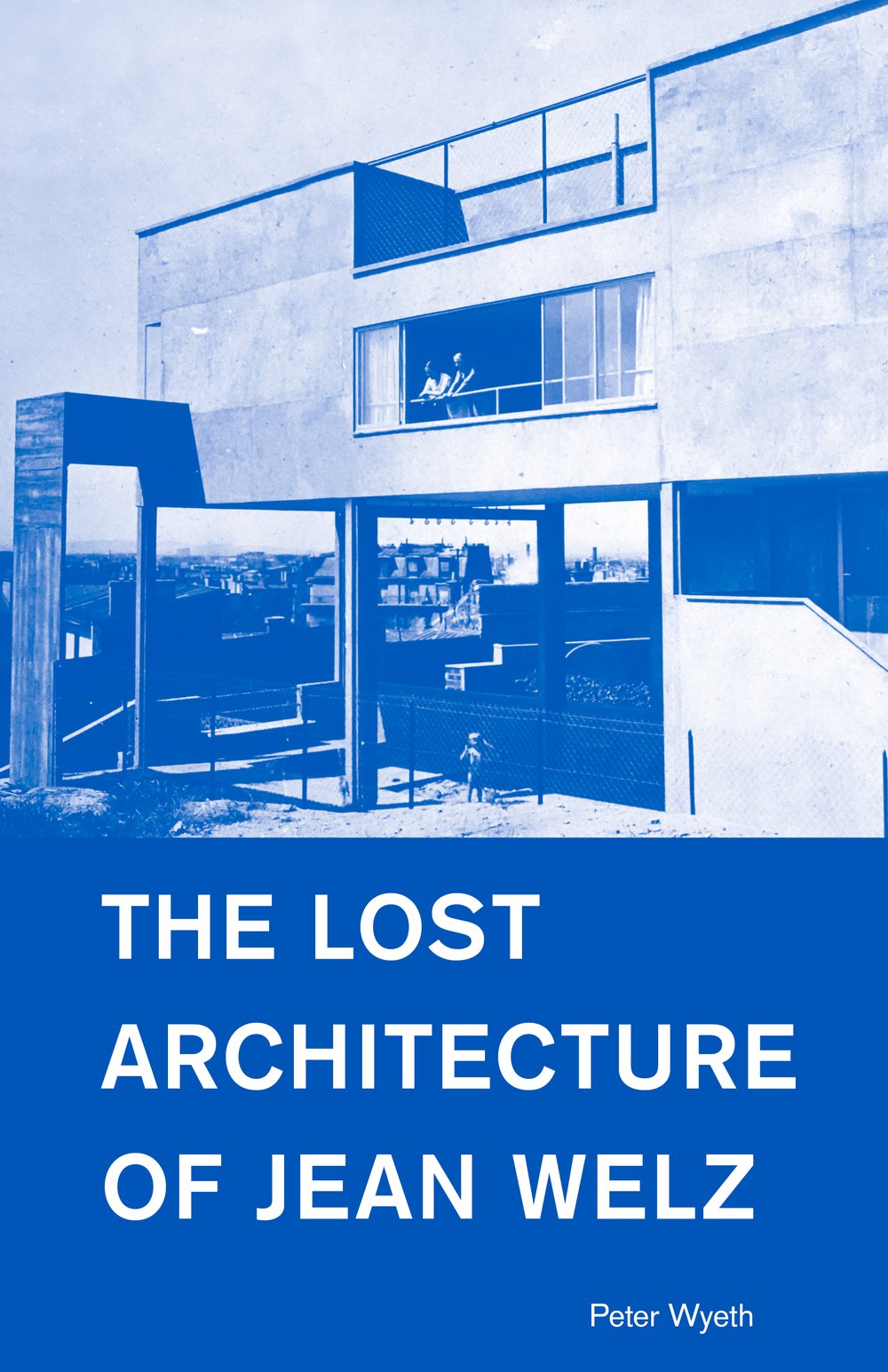The Lost Architecture of Jean Welz

Adds a new name to the history of modern architecture:Architect Jean Welz, a lost artistic genius, lived a hidden life among many famous names: Le Corbusier, Adolf Loos, Robert Mallet-Stevens, Gabriel Guevrekian, Tristan Tzara (founder of Dada), and photographer André Kertész. Jean Welz could not register as an architect in France and worked “under the table,” so credit to him has had to be sleuthed out through letters, interviews, signed photographs, a portfolio, family archives, plans, and rare documents.
Endorsements by lead architectural scholars from universities in the UK, US and Europe, including Tim Benton, a Le Corbusier expert and Christopher Long, who has published at least a dozen books on Viennese modern architecture and Adolf Loos. A must acquisition for libraries and of interest to students.
Tale of discovery, intriguing for the everyday reader: A treasure hunt in the rich and radical artistic interwar period of the 1920s and 1930s in Paris that then travels across three countries and two continents over a decade of research. The book feels like a race against crumbling history told by a filmmaker in vivid detail as he uncovers Welz’s past, his musical and artistic abilities, and his greatest designs.
First use of exterior béton brut identified: Welz’s Maison Zilveli (Paris 1933) with its airborne main floor, views of Sacre Coeur and the Eiffel Tower, and the lost, perilous balcony, are bold ideas that will light up readers’ imaginations in this race against crumbling history. The concrete balcony balanced on a thin blade only 6 cm thick, is the first use of exterior béton brut identified.
Illustrations and book design: spot color washes, tints, and highlighted text using period fonts, color plates. 3-D renderings and axonometric schemes visually bring the architecture to life. Plans and sketches of unbuilt projects, treatises on art published in South Africa, and period magazine articles provide important context. Fine examples of Welz’s paintings included, linking his abstract works to his philosophy of architecture.
Controversies provide press hooks: South Africa’s leading modern architect Rex Martiennsen took unacknowledged cues from a Welz Paris house to create his best-known design, though at least one of Martiennsen’s colleagues publicly questioned his influences. Jean Welz’s estranged brother Friedrich Welz was an infamously unscrupulous art dealer in Vienna and an SS officer, made famous in the 1997 Holocaust restitution case over a set of stolen Egon Schiele works. Major Aryanization art-theft scandals of the late 1990s involving Friedrich erupted in the New York Times and U.S. District Court.
Jewish interest story: Jean Welz was a radical who moved from conservative, fusty Vienna and changed his name from Hans to Jean when he discovered his “French soul.” His first wife was a Jewish fashion model. An artist with contrasting passions to those of his dealer brother, Jean’s contributions include a gravestone for Marx’s daughter, destroyed by Nazis the day after Paris was occupied in 1940, and freely giving his skills for a Black South African school under Apartheid. Jean died never knowing about his estranged brother’s Nazi-dealings.

Peter Wyeth has been making films since the 1970s, including several with the Arts Council of Great Britain, one of which about a modernist block of flats in London, inspired by Hokusai (“12 Views of Kensal House”) was runner-up for best documentary. He started a forgotten film-mag North by North West, and in 1994 directed “The Diary of Arthur Crew Inman,” based on the 17-million-word and longest diary in America and named a London Times “Film of the Week.” From 1999–2003, Wyeth was head of the film school at University of the Arts London, where he taught for ten years and set up the student-run channel Xplore.tv. His short film “Pane” won a Turner Classic Movies award in 2003. His book The Matter of Vision: Effective Neurobiology and Cinema was published by Indiana University Press in 2015 (in the UK by John Libbey Media) and over the past twelve years he has written dozens of articles on architecture and design for The Modernist. He continues to direct, including for television. He lives between Paris and London.
